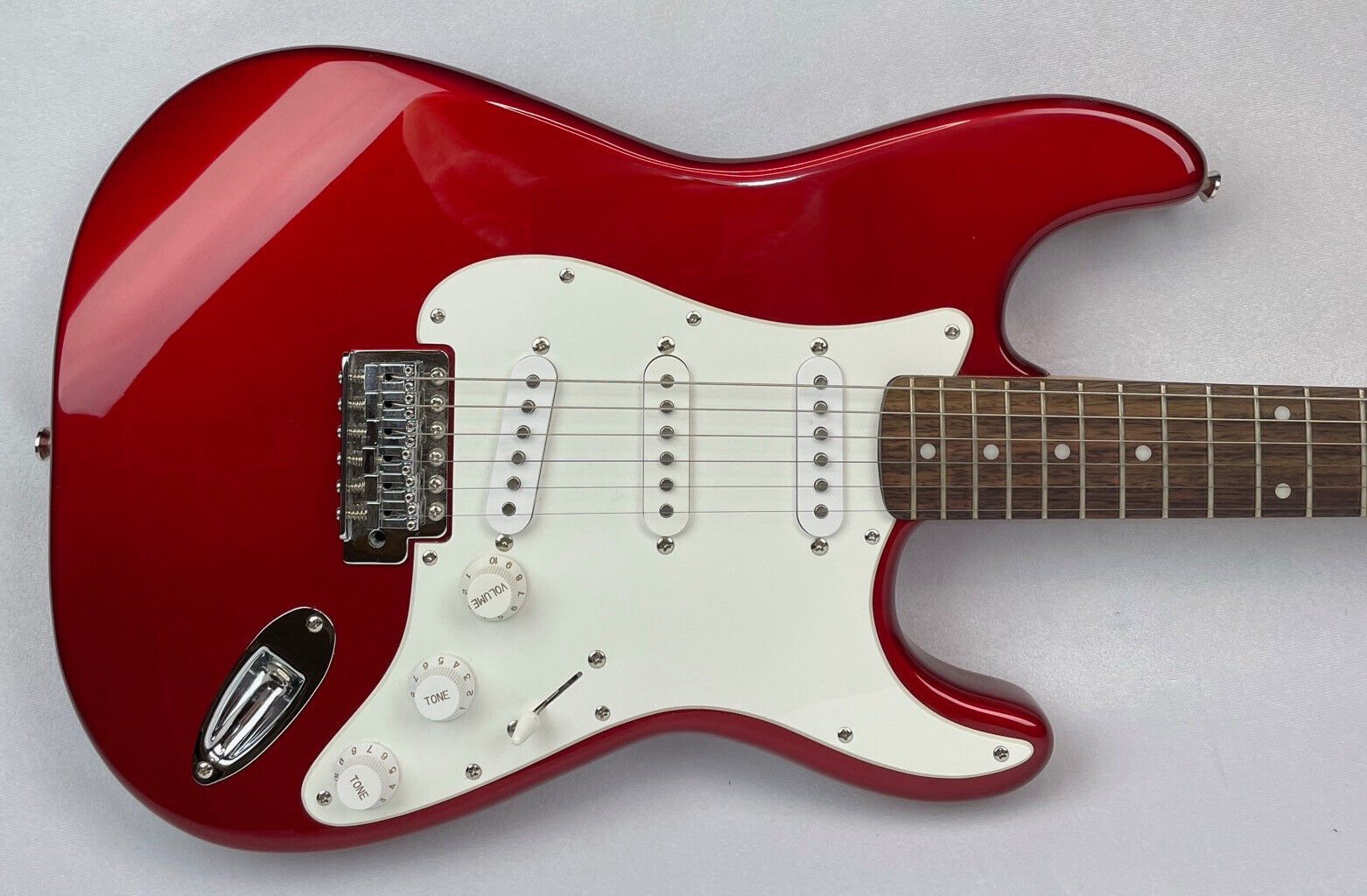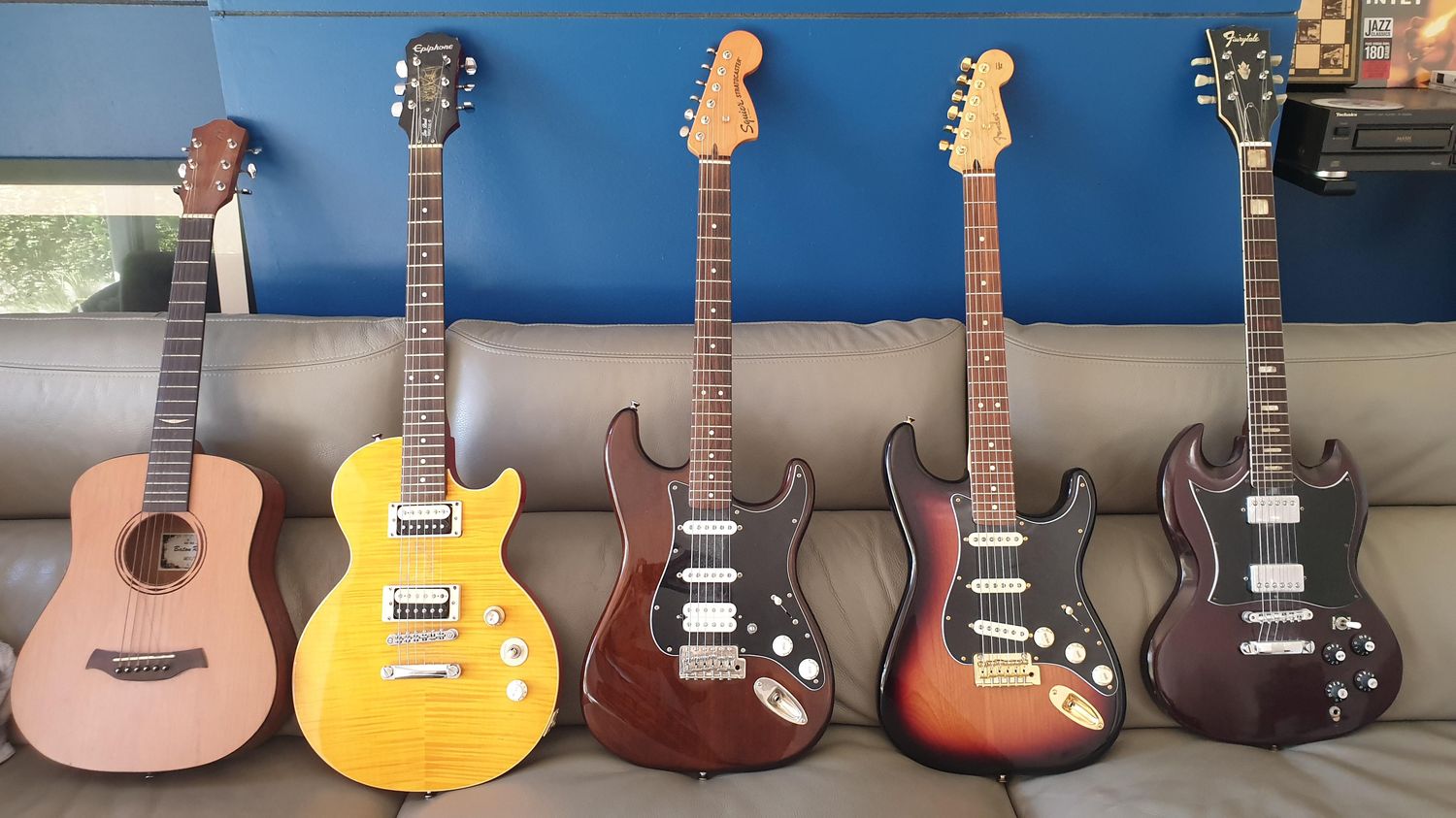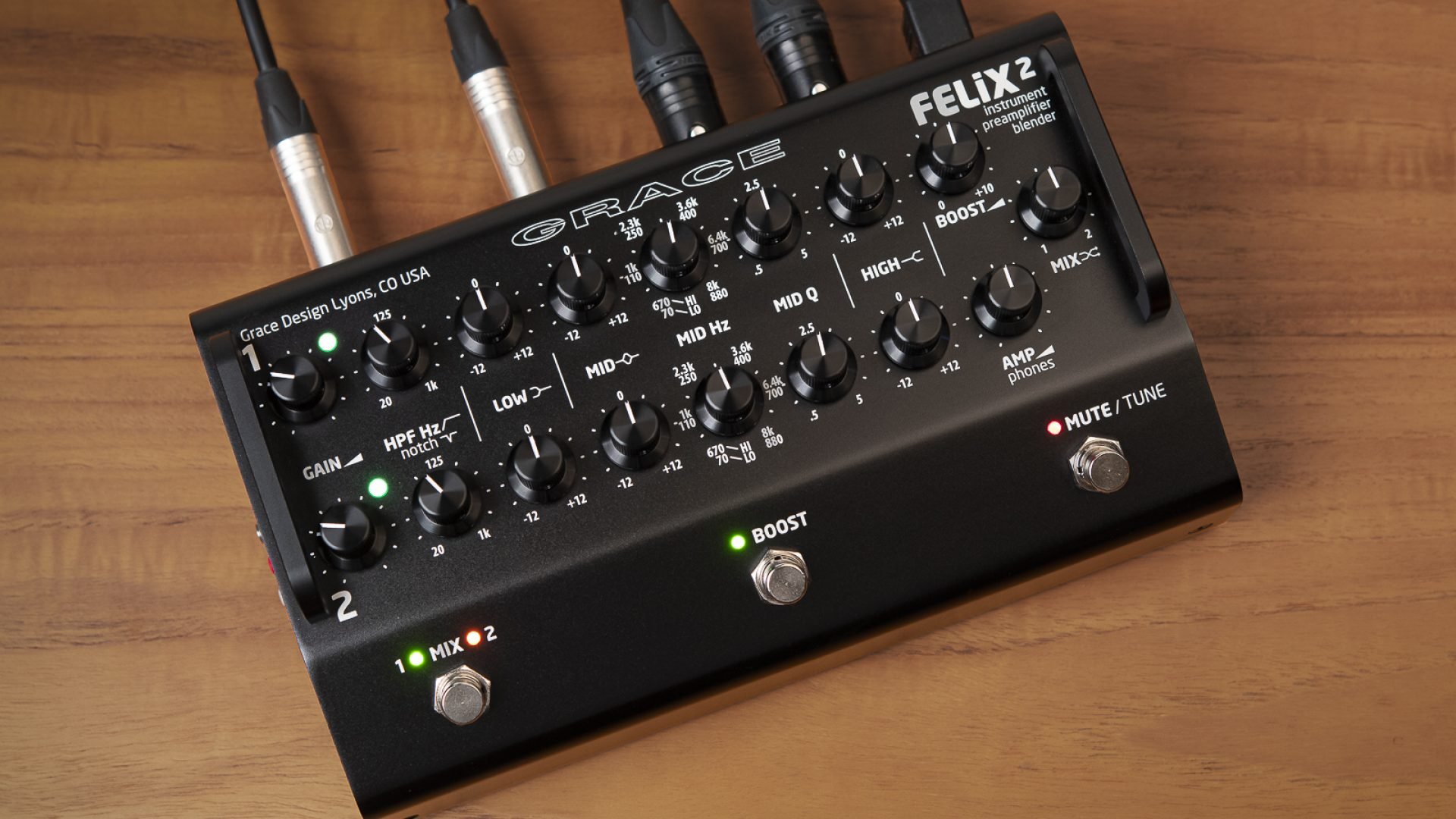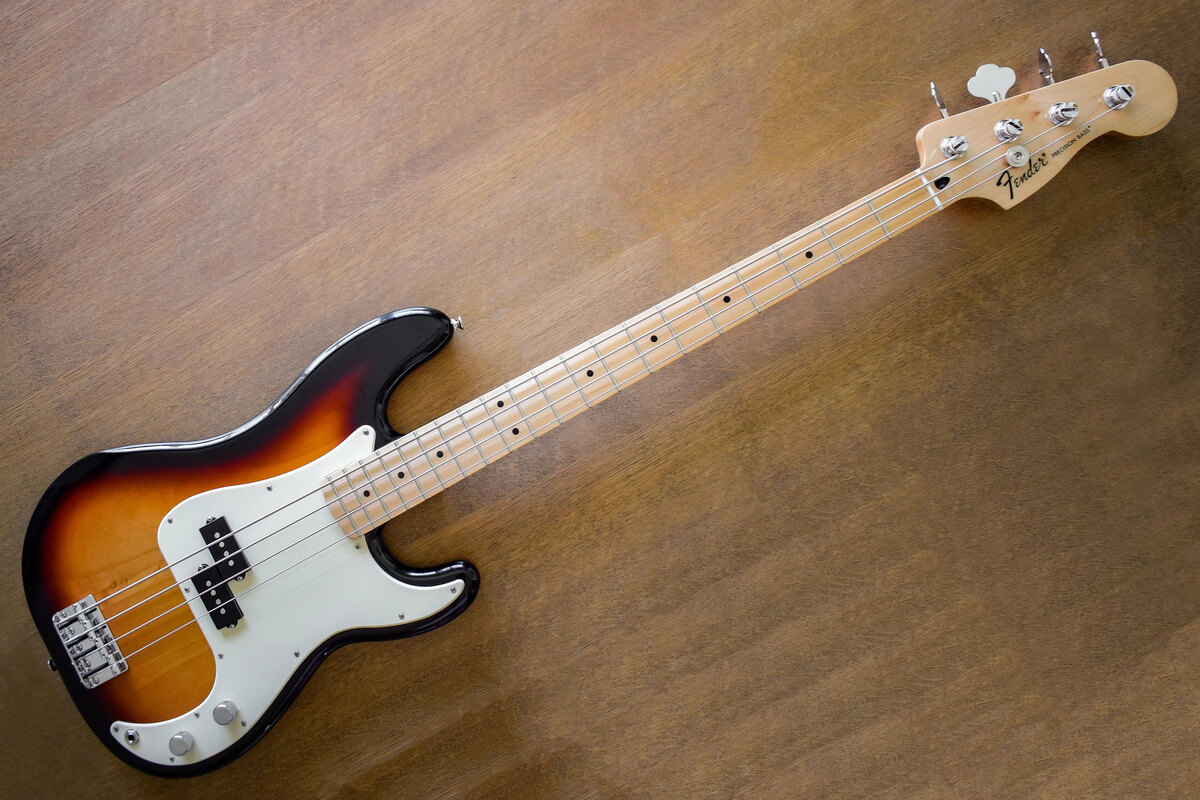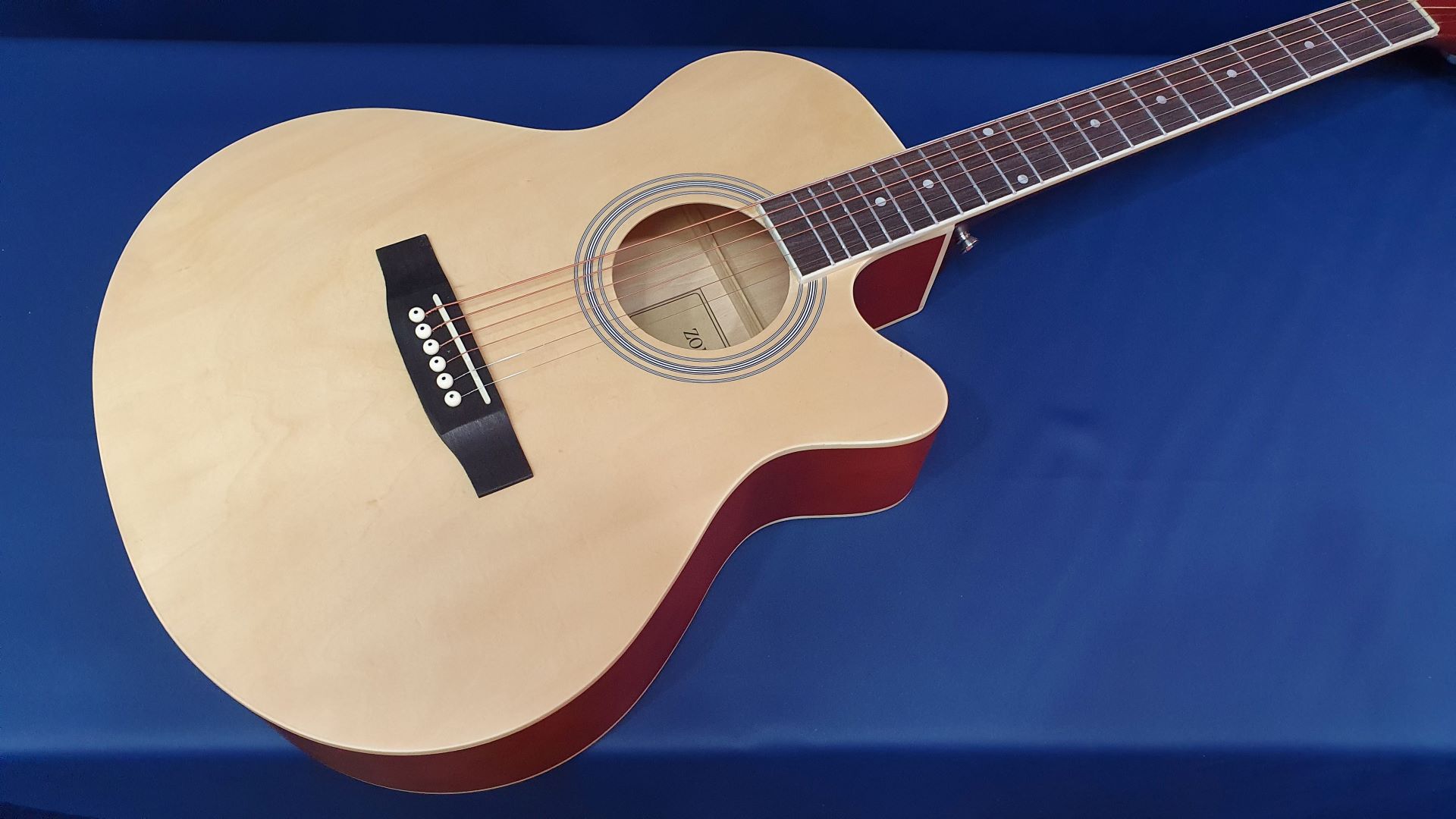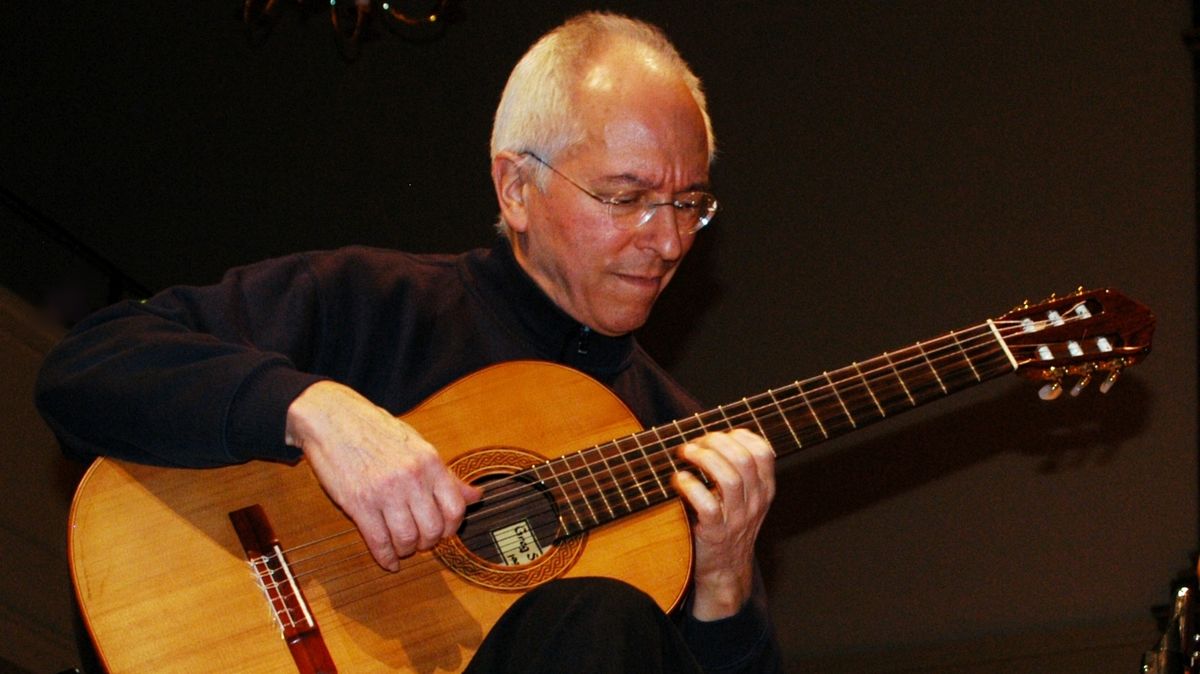Home>Instruments>Guitar>What Is A Dobro Guitar
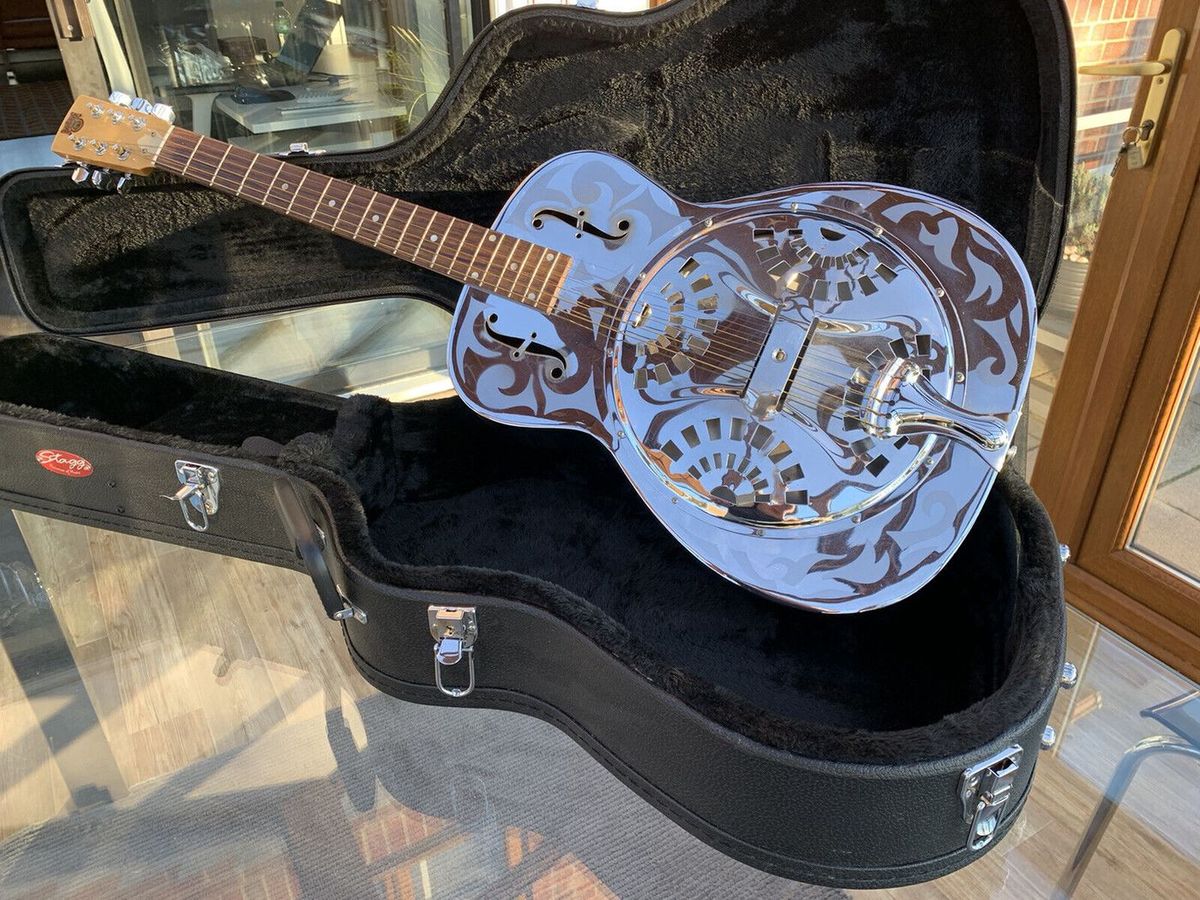

Guitar
What Is A Dobro Guitar
Published: February 15, 2024
Discover the unique sound of a dobro guitar and learn about its history, construction, and playing techniques. Explore the versatility of this resonator guitar.
(Many of the links in this article redirect to a specific reviewed product. Your purchase of these products through affiliate links helps to generate commission for AudioLover.com, at no extra cost. Learn more)
Table of Contents
**
Introduction
**
The Dobro guitar, with its distinctive resonator and metal body, is an iconic instrument that has left an indelible mark on the world of music. Its unique sound and rich history have made it a beloved choice for musicians across various genres. In this article, we will delve into the captivating story of the Dobro guitar, exploring its origins, characteristics, playing techniques, and the influential players who have elevated its status in the realm of music.
The Dobro guitar, often referred to as a resonator guitar, is celebrated for its ability to produce a vibrant and resonant tone, making it a standout instrument in both solo and ensemble performances. With its roots deeply embedded in American musical heritage, the Dobro guitar continues to captivate audiences with its soul-stirring melodies and distinctive timbre.
Join us on a journey through the history, unique features, and captivating allure of the Dobro guitar as we uncover the secrets behind its enduring popularity and the musicians who have harnessed its power to create timeless musical masterpieces.
History of the Dobro Guitar
The history of the Dobro guitar is a tale woven with innovation, resilience, and a deep passion for music. The roots of this iconic instrument can be traced back to the early 1920s when two Slovak immigrant brothers, John and Emil Dopyera, set out to create a guitar that could produce ample volume to be heard alongside other instruments in a band without the need for electronic amplification.
Driven by their vision, the Dopyera brothers, in collaboration with George Beauchamp, crafted the first resonator guitar, which they named the “Dobro,” a word derived from “Dopyera Brothers.” This innovative instrument featured a metal body and a resonator cone, which served as a mechanical amplifier, projecting the sound with remarkable clarity and volume.
The Dobro guitar quickly gained popularity, particularly in the realm of blues, country, and bluegrass music, where its distinctive sound found a natural home. Its resonant tone and ability to cut through the mix made it a favorite among musicians seeking a unique and powerful sound.
During the 1930s and 1940s, the Dobro guitar experienced a surge in popularity, becoming a staple in the music of the era. Its evocative sound became synonymous with the heartfelt melodies of country and bluegrass music, solidifying its position as an indispensable instrument in these genres.
Despite facing challenges such as the rise of electric guitars and changing musical trends, the Dobro guitar persevered, thanks to the unwavering dedication of musicians who recognized its unparalleled sonic capabilities. Today, the legacy of the Dobro guitar lives on, cherished by musicians and enthusiasts who continue to be captivated by its timeless sound and rich history.
Characteristics of a Dobro Guitar
The Dobro guitar boasts a distinctive set of characteristics that contribute to its unique sound and visual appeal. One of its most notable features is the resonator cone, which serves as a mechanical amplifier, producing a rich and vibrant tone that sets it apart from traditional acoustic guitars. The resonator cone is typically made of aluminum or steel and is responsible for the Dobro’s signature metallic twang and unparalleled volume.
Another defining trait of the Dobro guitar is its metal body, which not only lends it a striking aesthetic but also plays a crucial role in shaping its sound. The metal construction enhances the guitar’s sustain and resonance, giving it a captivating and expressive voice that resonates with audiences.
Furthermore, the Dobro guitar is often played in a horizontal position, resting on the player’s lap, and is frequently equipped with a raised nut and bridge to accommodate the use of a metal or glass slide. This slide technique, known as “slide guitar,” is integral to the Dobro’s playing style, allowing musicians to produce smooth, gliding notes and emotive melodies that define the instrument’s evocative sound.
Additionally, the Dobro guitar is renowned for its open tunings, which contribute to its rich harmonic palette and lend themselves to the creation of lush, resonant chords and haunting melodies. These open tunings, combined with the slide technique, empower musicians to explore a vast sonic landscape, infusing their performances with soul-stirring textures and expressive nuances.
Overall, the Dobro guitar’s distinct characteristics, including its resonator cone, metal body, slide-friendly design, and open tunings, converge to form a musical instrument that exudes character, charm, and a captivating tonal presence, making it a beloved choice for musicians seeking a one-of-a-kind sonic experience.
Playing Techniques for the Dobro Guitar
The Dobro guitar offers a rich tapestry of playing techniques that contribute to its distinctive sound and expressive capabilities. One of the most prominent techniques associated with the Dobro is slide guitar playing, where a metal or glass slide is used to glide along the strings, producing smooth, fluid notes with a characteristic vocal-like quality. This technique allows musicians to evoke emotive melodies and infuse their performances with a soulful, resonant timbre that is synonymous with the Dobro’s enchanting sound.
Furthermore, the use of open tunings is integral to the Dobro guitar’s playing techniques, providing musicians with a versatile harmonic foundation that facilitates the exploration of rich, resonant chords and evocative melodic phrasing. Open tunings open up a world of creative possibilities, empowering players to craft immersive musical landscapes and convey profound emotions through their performances.
In addition to slide guitar and open tunings, the Dobro guitar lends itself to fingerpicking, a technique that involves plucking the strings with the fingers to create intricate and dynamic patterns. Fingerpicking on the Dobro allows for nuanced articulation and rhythmic intricacy, enabling musicians to weave compelling textures and captivating rhythms into their music.
Moreover, the Dobro guitar’s unique playing position, often laid flat on the player’s lap, offers a distinct approach to fretting and strumming, requiring a balance of precision and fluidity to navigate the instrument’s fretboard and produce resonant, expressive tones.
Overall, the playing techniques associated with the Dobro guitar, including slide guitar, open tunings, fingerpicking, and the instrument’s unique playing position, converge to form a rich tapestry of musical expression, empowering musicians to channel their creativity and emotions through the instrument’s evocative voice.
Famous Dobro Guitar Players
Throughout its storied history, the Dobro guitar has been embraced by a host of influential musicians who have harnessed its distinctive sound to leave an indelible mark on the world of music. These virtuosos have elevated the Dobro guitar to new heights, showcasing its versatility and expressive potential across a wide array of musical genres.
One of the most iconic figures in the realm of Dobro guitar playing is Jerry Douglas, whose unparalleled mastery of the instrument has earned him acclaim as a preeminent virtuoso. Renowned for his innovative playing style and technical prowess, Douglas has collaborated with an extensive roster of artists, seamlessly integrating the Dobro’s evocative voice into genres ranging from bluegrass and country to jazz and rock, solidifying his status as a trailblazer in the world of resonator guitar music.
Another luminary in the realm of Dobro guitar playing is Mike Auldridge, whose groundbreaking contributions to the instrument have left an enduring legacy. Auldridge’s emotive playing and inventive approach to the Dobro have made a profound impact on the world of bluegrass and acoustic music, inspiring generations of musicians and cementing his position as a revered figure in the Dobro guitar community.
Furthermore, Sally Van Meter has made significant strides in the realm of Dobro guitar playing, showcasing her remarkable skill and artistry across a diverse range of musical projects. Van Meter’s expressive playing and innovative musical vision have contributed to the Dobro’s continued relevance in contemporary music, demonstrating the instrument’s adaptability and enduring allure.
Additionally, Jerry Miller, a pioneering figure in the realm of resonator guitar music, has played a pivotal role in popularizing the Dobro guitar, infusing his performances with soulful melodies and captivating improvisations. Miller’s contributions to the Dobro guitar repertoire have resonated with audiences worldwide, underscoring the instrument’s capacity for emotive storytelling and musical innovation.
These luminaries, among many others, have propelled the Dobro guitar into the spotlight, showcasing its expressive potential and captivating timbre across diverse musical landscapes, ensuring that the instrument continues to inspire and captivate audiences for generations to come.
Conclusion
The Dobro guitar stands as a testament to the enduring spirit of innovation and musical expression. From its humble beginnings as a pioneering resonator instrument to its revered status in the realms of bluegrass, country, and beyond, the Dobro guitar has carved out a rich legacy defined by its distinctive sound and the virtuosos who have elevated it to new heights.
With its resonant tone, metal body, and unique playing techniques, the Dobro guitar continues to captivate musicians and audiences alike, offering a compelling blend of tradition and innovation that resonates across generations. Its evocative voice, characterized by soul-stirring melodies and expressive timbres, has found a natural home in a diverse array of musical genres, cementing its status as a beloved instrument cherished by enthusiasts and virtuosos alike.
As we reflect on the captivating history, characteristics, playing techniques, and influential players associated with the Dobro guitar, it becomes evident that this iconic instrument holds a timeless allure that transcends musical boundaries. Whether it’s the emotive slide guitar playing, the rich textures of open tunings, or the captivating performances of renowned Dobro virtuosos, the instrument’s enduring impact is a testament to the power of musical innovation and the human spirit.
As the Dobro guitar continues to weave its enchanting melodies into the fabric of musical expression, it serves as a reminder of the boundless creativity and emotive resonance that music evokes. Its enduring legacy and the musicians who have embraced its evocative voice stand as a testament to the enduring power of the Dobro guitar, ensuring that its captivating sound will echo through the annals of musical history for years to come.

